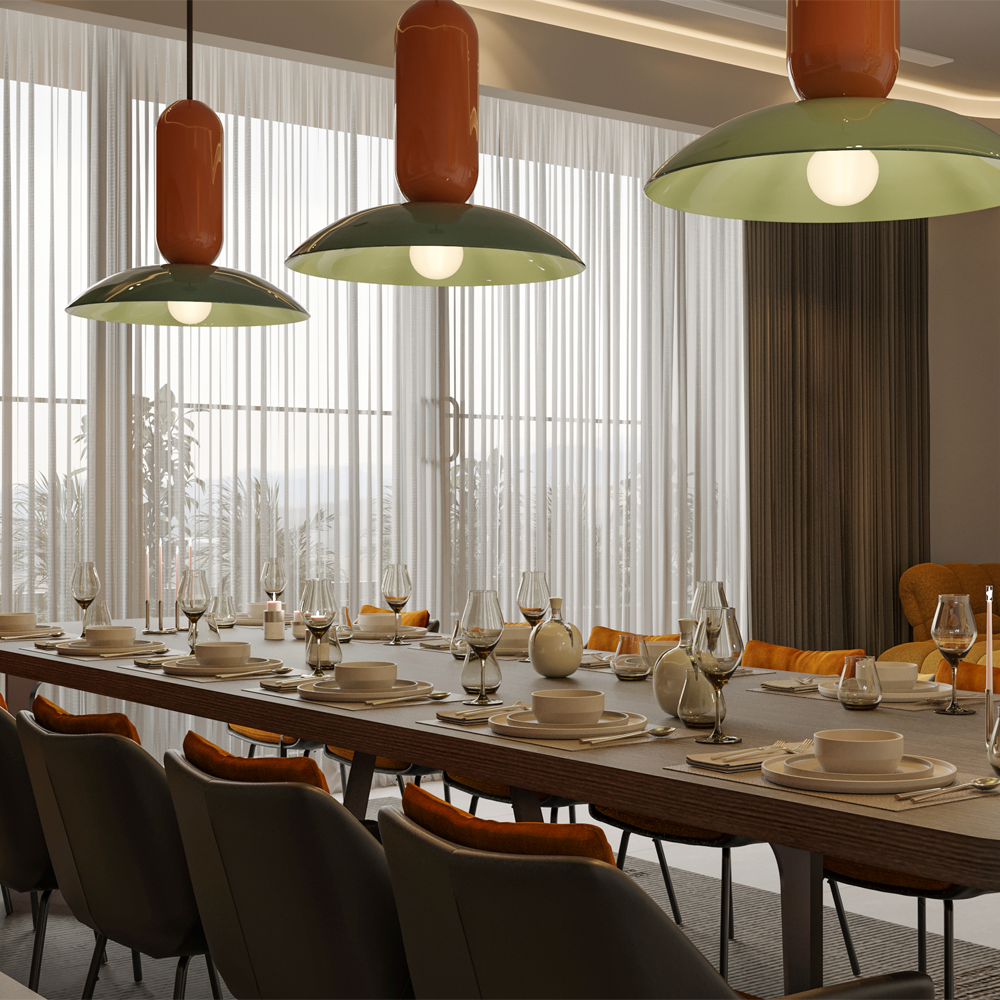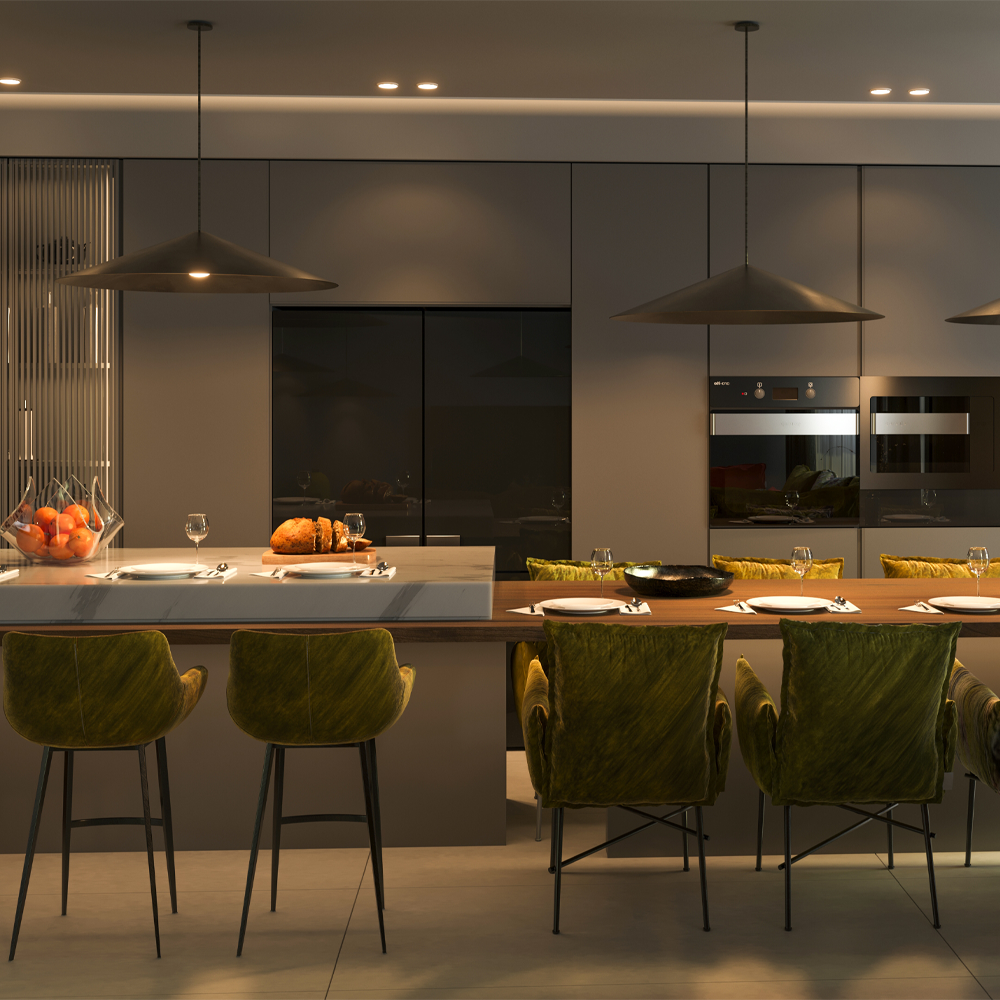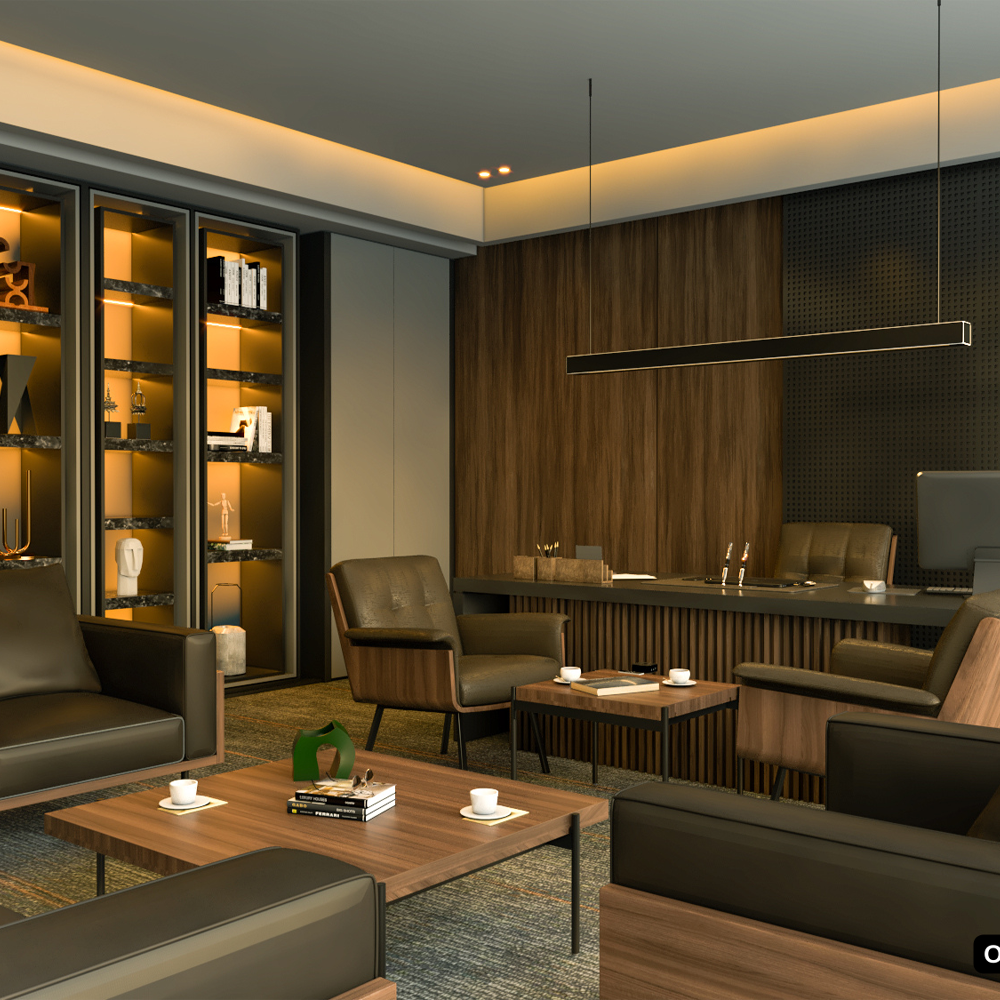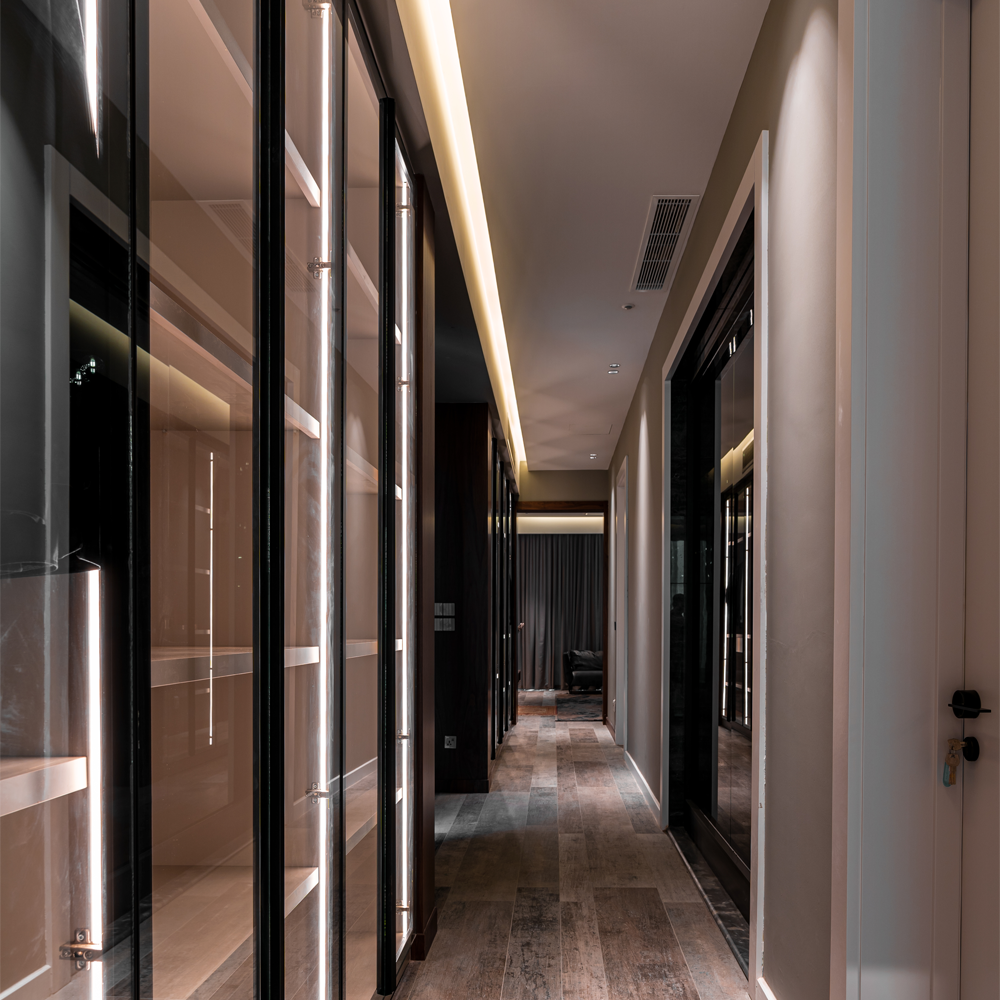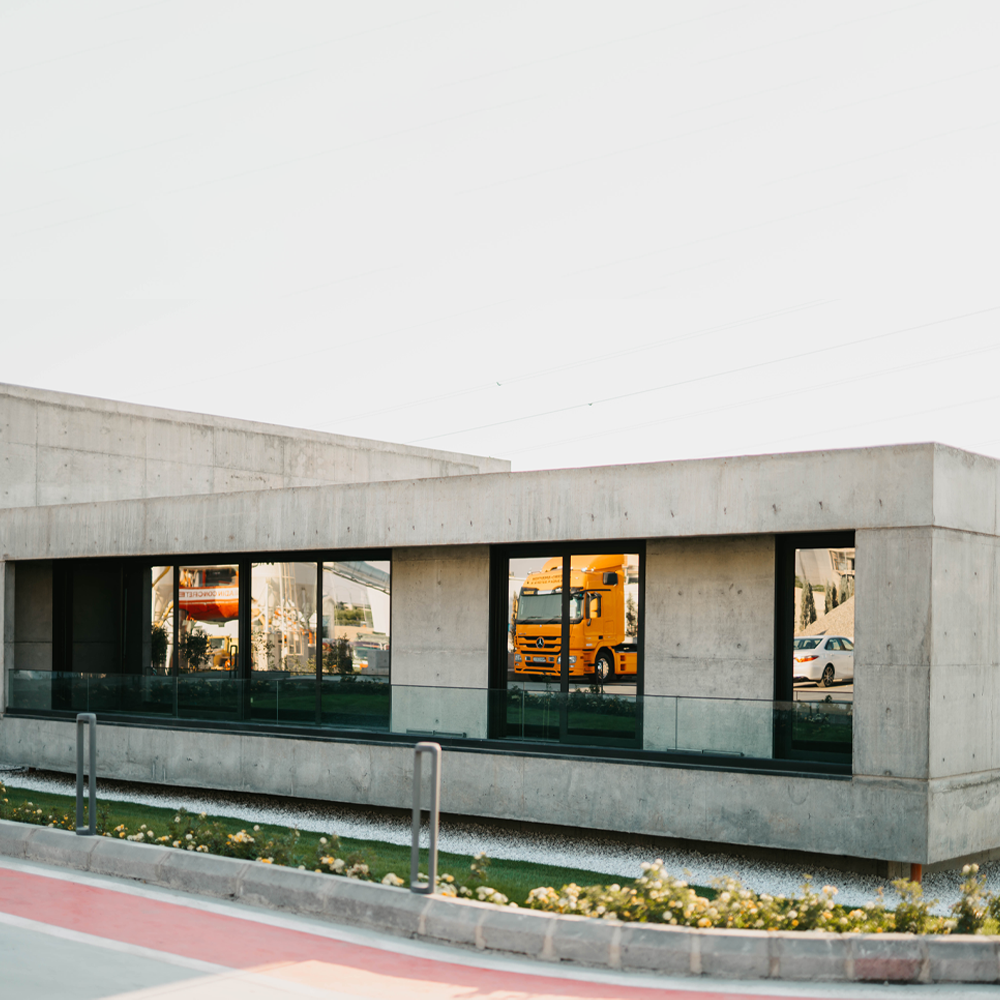Lighting Design
In architecture, lighting design involves meticulous planning of both natural and artificial lighting to enhance interior and exterior spaces. This includes optimizing natural light, utilizing energy-efficient practices, and employing special techniques such as expertly crafted indirect or hidden lighting. These techniques enhance versatility, minimize glare, and contribute to a comfortable environment, elevating the overall quality of the built space. Our proficiency extends to strategies like manipulating light reflections in windows, refining both visual and functional aspects of architectural design.
Advantages:
- Aesthetic Excellence: Expert lighting design enhances the visual appeal of spaces, emphasizing architectural features and furniture. Incorporating special techniques like indirect or hidden lighting adds sophistication, contributing to a harmonious and aesthetically pleasing environment.
- Versatility and Quality Enhancement: Meticulous planning, including optimizing natural light and employing energy-efficient practices, minimizes energy consumption. The use of special techniques, such as glare reduction, ensures a comfortable environment that supports well-being.
- Energy Efficiency and Comfort: Expertise in special techniques, like manipulating light reflections in windows, adds versatility and refines both visual and functional aspects of architectural design. This comprehensive approach elevates the overall quality of the built space, creating environments that are not only visually pleasing but also functionally optimized.

